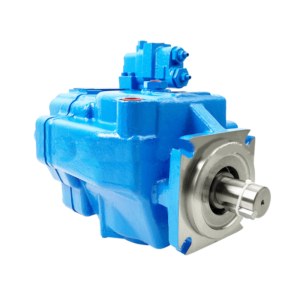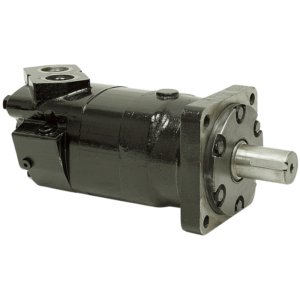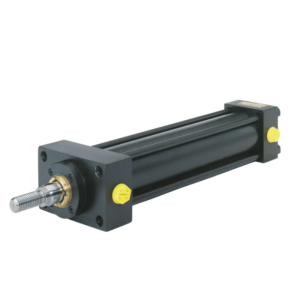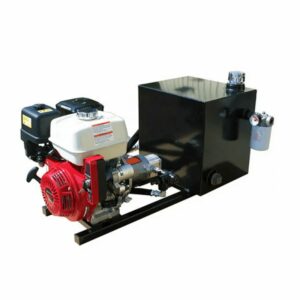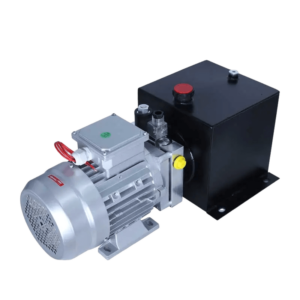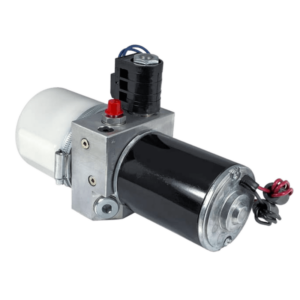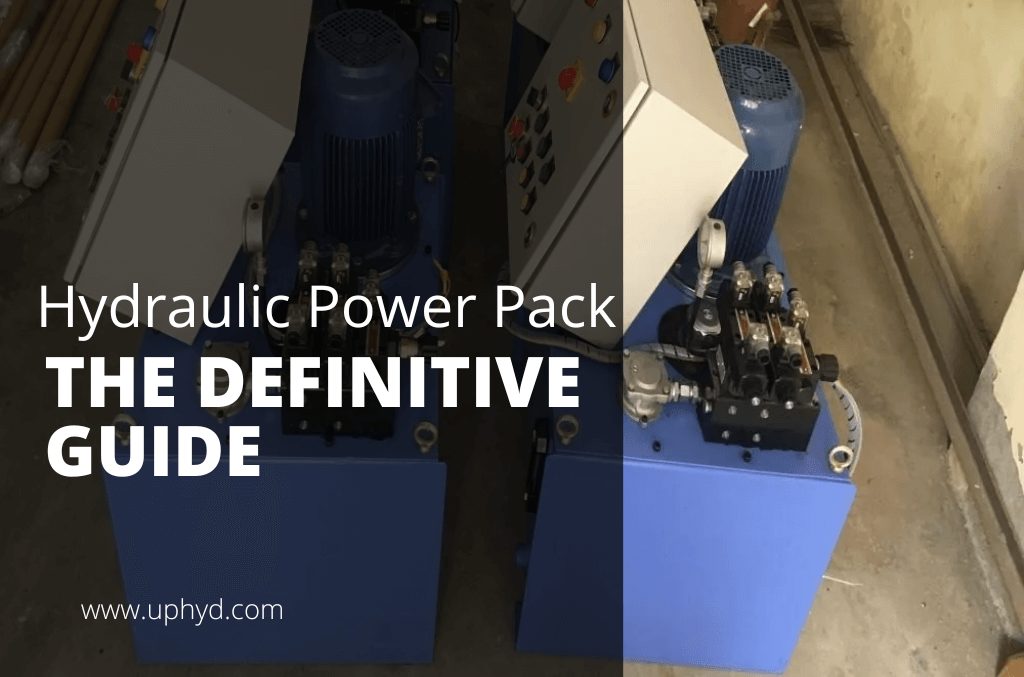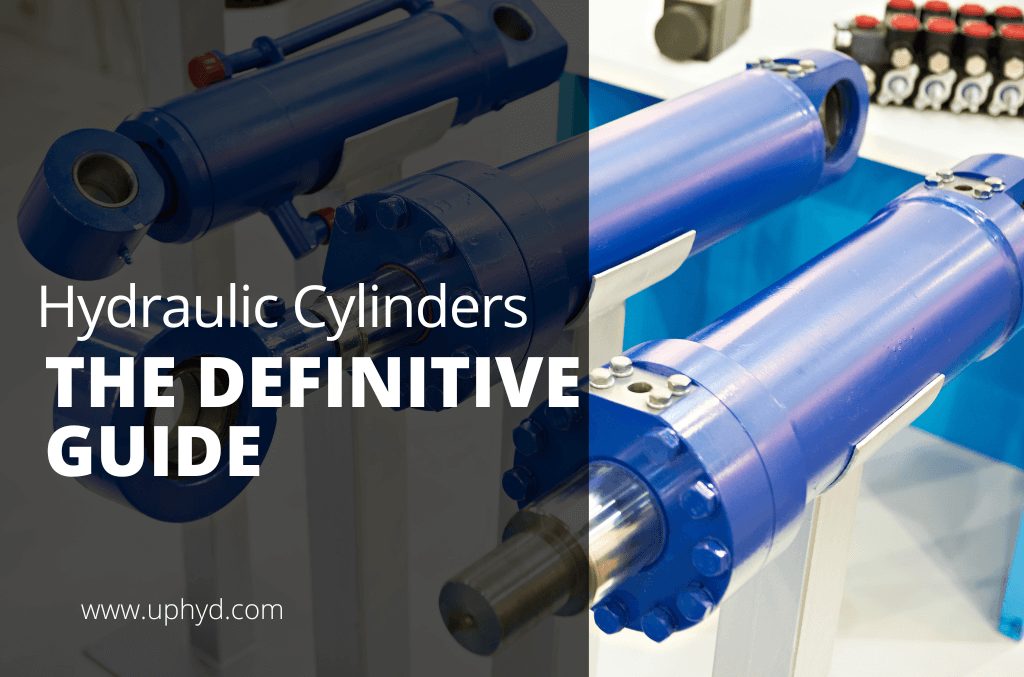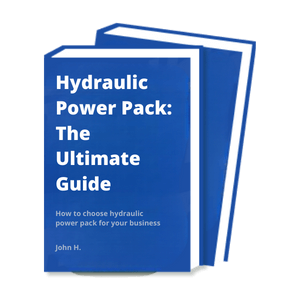PRODUCT FEATURES
Belt Driven Hydraulic Pump Manufacturer to Rocket Your Business
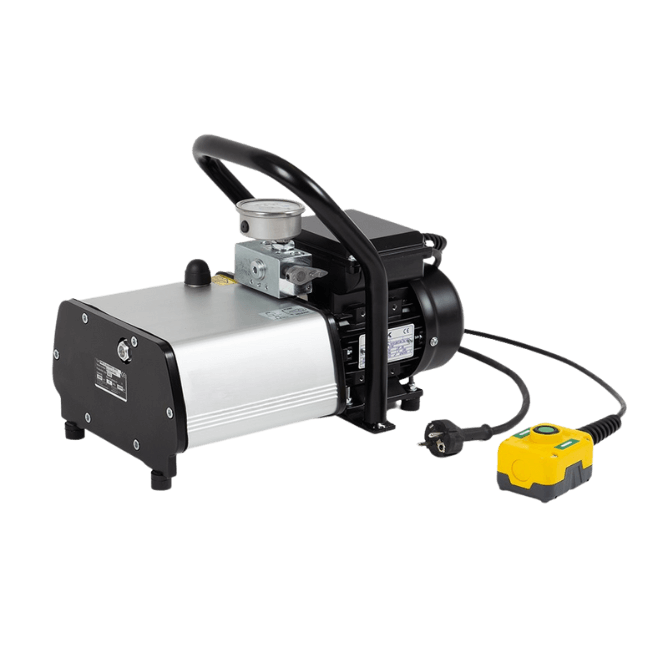
PRODUCTS
Proud To Offer a Wide Variety of Products
If you are looking for something specific that isn’t listed on our website yet, just contact us today!

ABOUT US
Who is Uphyd.com
Uphyd.com have seen that today there are also many hydraulic power pack companies in China & internationally. However, their solutions were still stuck a few years ago.
In fact, we have been upgraded in recent years, and uphyd.com hope our smart and flexible solutions can inject fresh blood into this market.
PARTNER
Trusted by 530+ Top Companies





BUYER’S GUIDE
The Definitive Guide To Belt Driven Hydraulic Pump
If you’re in the market for a belt-driven hydraulic pump, you may wonder if this is the best option for your needs. With so much information and products out there, it can be tough to make an informed decision.
This definitive guide will cover everything you need to know about belt-driven hydraulic pumps, including how they work and their advantages. We’ll also discuss how it works and its common uses. After reading this guide, you’ll be able to make an informed decision about whether or not a belt-driven hydraulic pump is right for you.
So if you’re interested in learning more about this cutting-edge technology, read on!
Table of contents
1. Overview: Belt-Driven Hydraulic Pump
A belt-driven hydraulic pump is a device that uses belt power to create hydraulic pressure.
This type of pump is often used in agricultural and construction equipment, as well as in some automobiles. Belt-driven hydraulic pumps are generally more durable and efficient than their gear-driven counterparts and can produce higher pressures with less noise. However, they are also more expensive and require more maintenance.
2. How Does Belt-Driven Hydraulic Pump Work?
Belt-driven hydraulic pumps work by using a belt to transfer power from a pulley or belt drive to the pump. The pump then amplifies the force and creates hydraulic pressure.
The belt transfers power from the engine to the pump, which then pressurizes the fluid and transfers it to the cylinders. The fluid then creates a force that allows the pistons to move, which in turn powers the equipment.
3. Common Uses
Hydraulic pumps are found in a variety of applications. One common use is in belt-driven hydraulic pumps include the following:
Irrigation Systems
Belt-driven hydraulic pumps are often used to power irrigation systems. The pump transfers water from a low-pressure source, such as a river or lake, to a higher-pressure destination, such as an agricultural field. The water is pressurized by the pump and then flows through a system of pipes to the fields. The pressurized water then irrigates the crops.
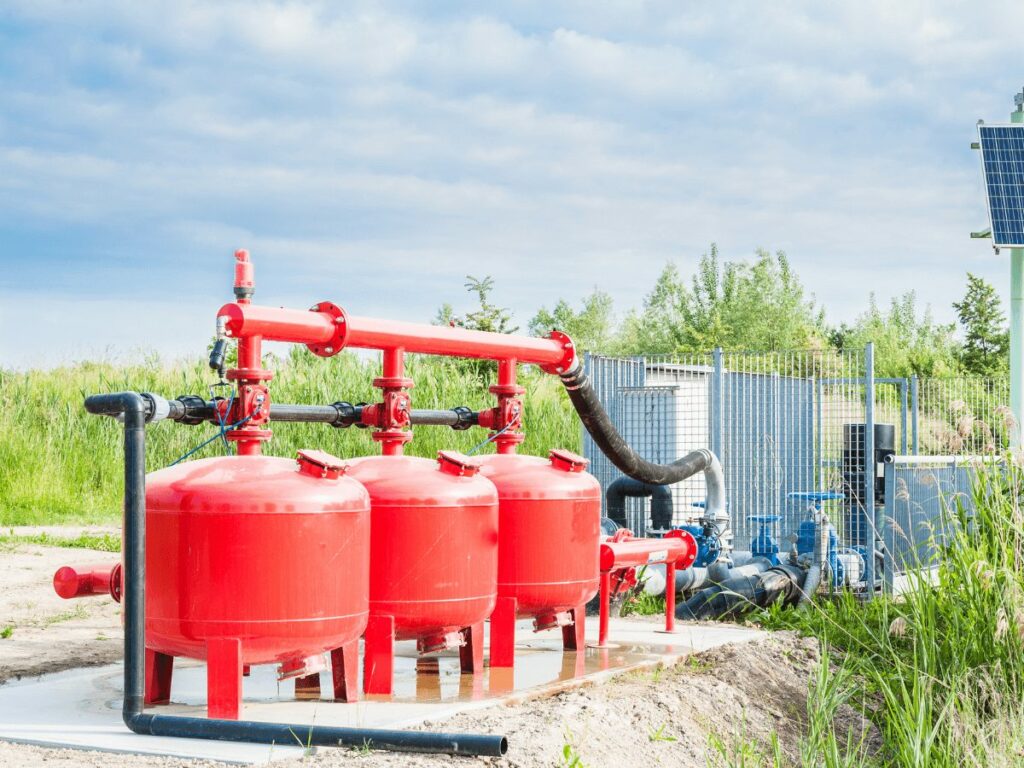
Concrete Mixers
Belt-driven hydraulic pumps are also used to power concrete mixers. The pump transfers concrete from a low-pressure source, such as a cement truck, to a higher-pressure destination, such as a construction site.
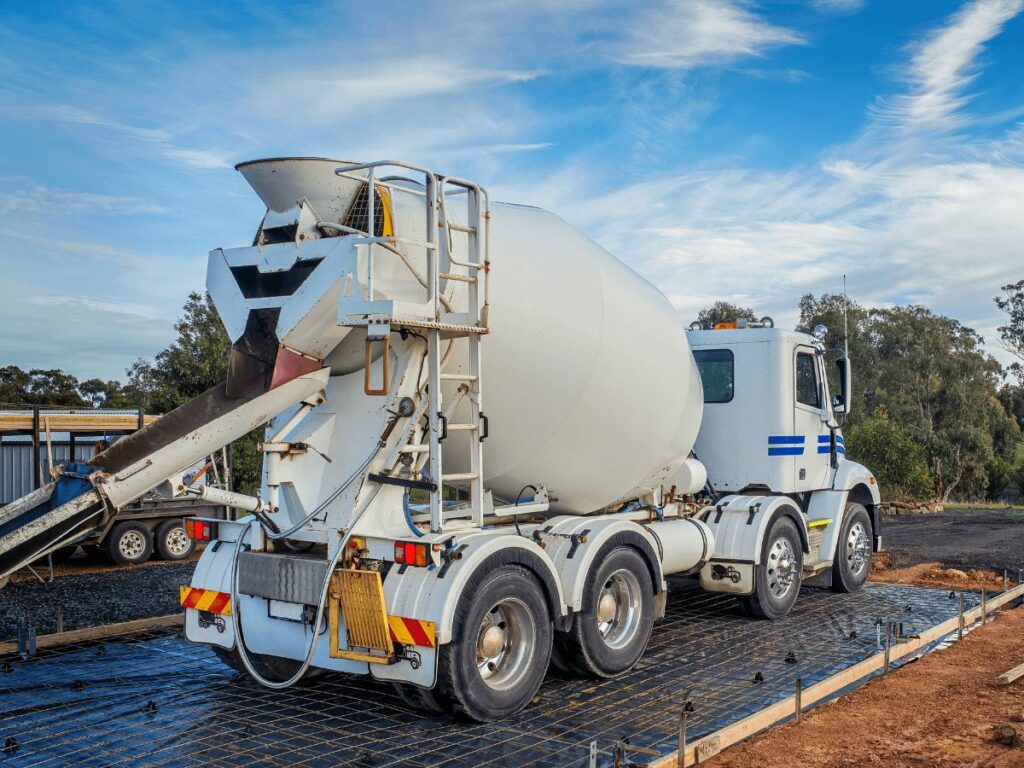
Hydrostatic Transmissions
Belt-driven hydraulic pumps are also used to power hydrostatic transmissions. The pump transfers fluid from a low-pressure source, such as a reservoir, to a higher-pressure destination, such as a hydraulic cylinder.
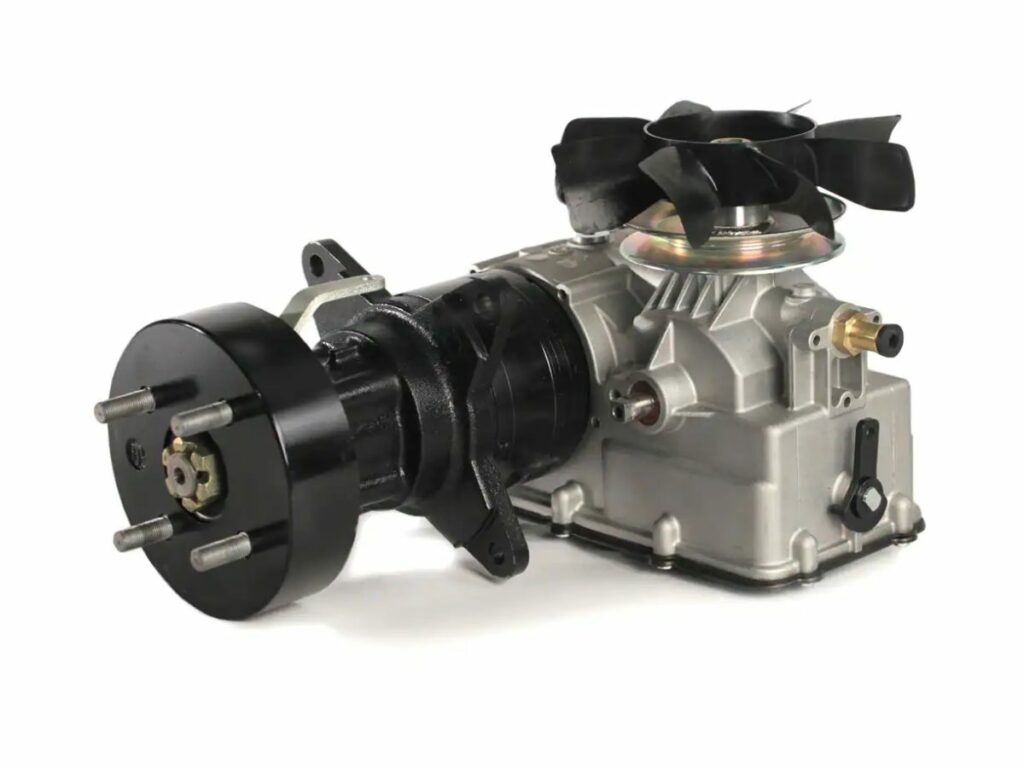
Hydraulically Actuated Brakes
Belt-driven hydraulic pumps are also used to power hydraulically actuated brakes. The pump transfers fluid from a low-pressure source, such as a brake fluid reservoir, to a higher-pressure destination, such as a brake caliper.
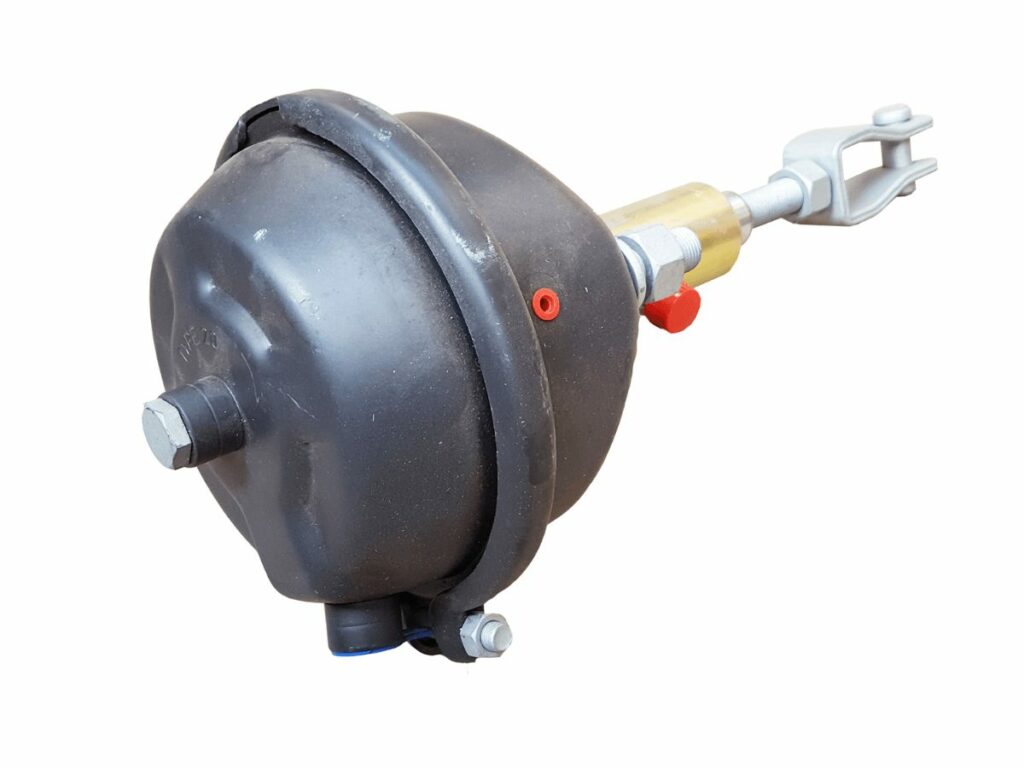
Steering Systems
Belt-driven hydraulic pumps are also used to power steering systems. The pump transfers fluid from a low-pressure source, such as a power steering fluid reservoir, to a higher-pressure destination, such as a power steering rack.
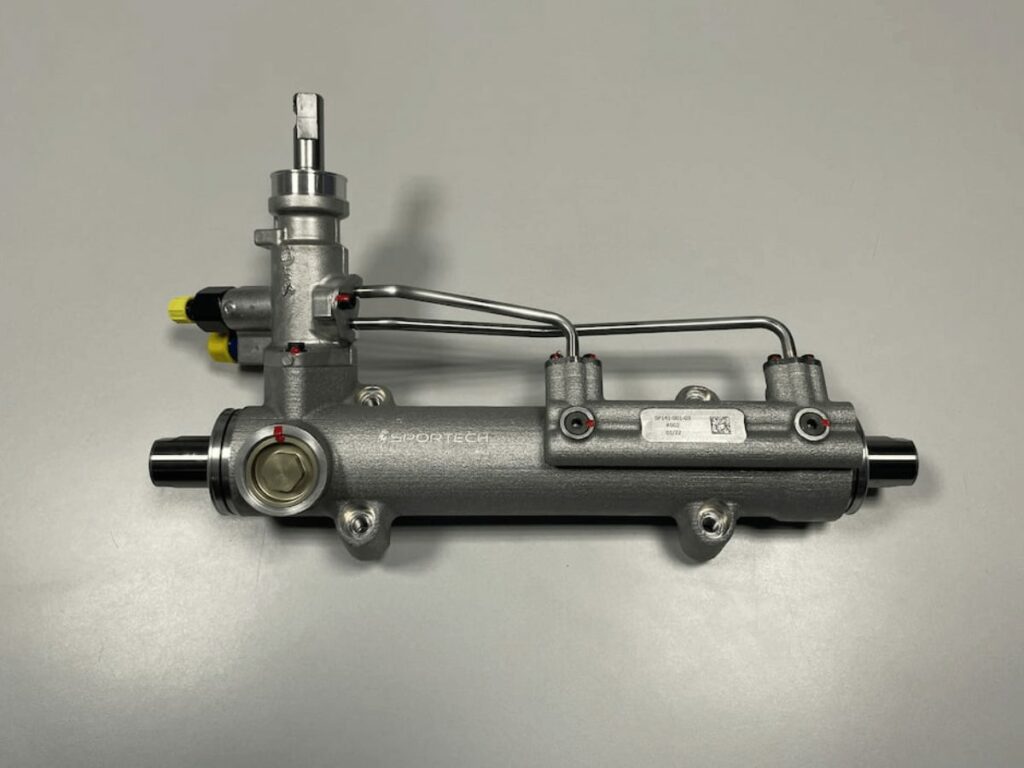
These are just some of the many uses for belt drive hydraulic pumps. These pumps are versatile and can be used in a variety of applications. if you have further questions contact us at Uphyd and we will be happy to assist you.
4. The Key Advantages
Belt-driven hydraulic pumps have many advantages over their gear-driven counterparts. Some of these advantages include the following:
| Durability | Belt-driven hydraulic pumps are generally more durable than gear-driven hydraulic pumps. The belts are less likely to fail than gears, and if a belt does fail, it is usually cheaper and easier to replace than a gear. |
| Efficiency | Belt-driven hydraulic pumps are also more efficient than gear-driven hydraulic pumps. The belts transmit power more efficiently than gears, which results in less energy being lost as heat. |
| Higher Pressures | Belt-driven hydraulic pumps can also produce higher pressures than gear-driven hydraulic pumps. The higher pressures are possible because the belts can transmit power more efficiently than gears. |
| Less Noise | Belt-driven hydraulic pumps also tend to be less noisy than gear-driven hydraulic pumps. The belts transmit power more smoothly than gears, which results in less noise. |
| Compatibility | Belt-driven hydraulic pumps are also more compact than gear-driven hydraulic pumps. The belts take up less space than gears, which allows for a more compact pump. |
| Customizability | Belt-driven hydraulic pumps are also more customizable than gear-driven hydraulic pumps. The belts can be replaced with different sizes and types of belts to change the performance of the pump. |
These are just some of the many advantages of belt-driven hydraulic pumps. These pumps offer a variety of benefits that make them ideal for a variety of applications.
5. 8 Industry Application
A belt-driven hydraulic pump is a positive displacement pump that uses belts and pulleys to transfer hydraulic fluid from one chamber to another. These pumps are often used in industrial applications where a high degree of pressure is required, such as the following:
#1 Construction
Belt-driven hydraulic pumps are often used in construction applications. They can be used to power hydraulic excavators, hydraulic cranes, and hydraulic bulldozers.
#2 Manufacturing
Belt-driven hydraulic pumps are also often used in manufacturing applications. They can be used to power hydraulic presses, hydraulic injection molding machines, and hydraulic stamping machines.
#3 Agriculture
Belt-driven hydraulic pumps are also used in agriculture applications. They can be used to power hydraulic tractors, hydraulic combines, and hydraulic hay balers.
#4 Mining
Belt-driven hydraulic pumps are also used in mining applications. They can be used to power hydraulic mining equipment, such as hydraulic shovels and hydraulic drills.
#5 Construction
Belt-driven hydraulic pumps are also used in construction applications. They can be used to power hydraulic excavators, hydraulic cranes, and hydraulic bulldozers.
#6 Food and Beverage
Belt-driven hydraulic pumps can be used to move viscous liquids or semi-solid foods through a processing line. They are often used in equipment such as centrifuges, presses, and mixers.
#7 Pharmaceutical
They can be used to pump cleanroom-compatible fluids without generating dust or Contaminating the environment. They are often used in equipment such as autoclaves, sterilizers, and cleanroom washers.
#8 Textile
They can be used to apply high-pressure lubricants or finishes to the fabric. They are often used in equipment such as calenders, coaters, and extruders.
Belt-driven hydraulic pumps are used in a variety of industries and applications. These pumps offer a number of advantages that make them ideal for many different situations.
6. The Manufacturing Process
A belt-driven hydraulic pump is a type of positive displacement pump that uses belts and pulleys to transfer energy from a driving shaft to a driven shaft. The manufacturing process of a belt-driven hydraulic pump typically involves these steps:
Step#1 Casting
the first step in the manufacturing process and it is where the raw materials for the pump are solidified into their desired shape. The raw materials for a belt-driven hydraulic pump are typically made of iron or steel. After the raw materials have been cast into their desired shape, they are then machined to achieve the precise dimensions and tolerances required for proper operation.
Step#2 Machining
The machining process typically involves using CNC lathes, mills, and grinders to remove excess material and achieve the desired tolerances. After the machining process is complete, the pump components are then ready for assembly.
Step#3 Assembly
The assembly process involves putting all of the components together to form a complete pump. This includes attaching the belts and pulleys to the driving and driven shafts, as well as attaching the inlet and outlet ports.
Step#4 Testing
After the pump has been assembled, it is then put through a series of tests to ensure that it meets all of the required performance specifications. These tests typically include pressure testing, flow testing, and leakage testing.
The manufacturing process of a belt-driven hydraulic pump is relatively simple. However, it is important to note that there are a number of critical tolerances that must be met in order for the pump to function properly.
7. Where To Buy Belt-Driven Hydraulic Pump
When it comes to finding a reliable source for your belt-driven hydraulic pump needs, there are some places you may want to consider. Here are a few options to get you started:
Alibaba
Alibaba is one of the world’s largest online marketplaces. They offer a wide variety of products, including belt-driven hydraulic pumps. Alibaba is a great option if you’re looking for a reliable source for your pump needs.
Made in China
This is a B2B platform that connects Chinese manufacturers and wholesalers with international buyers. They offer a wide variety of products, including belt-driven hydraulic pumps. Made in China is a have a lot of manufacturers that you can choose from, which gives you a great selection to choose from.
Global Sources
This is another B2B platform that connects Chinese manufacturers and wholesalers with international buyers. They have multiple suppliers which offer great prices on belt-driven hydraulic pumps.
DHgate
This is a Chinese wholesale website that offers a wide variety of products, including belt-driven hydraulic pumps. DHgate is a great option if you’re looking for a reliable source because they offer a money-back guarantee.
These are just a few of the many places you can buy belt-driven hydraulic pumps. When it comes to finding a reliable source for your pump needs make sure to do your research and choose a supplier like Uphyd that you can trust.
8. The Average Cost of Belt Driven Hydraulic Pump
The average cost of belt driven hydraulic pump can range between $500 to $5,000. The cost will depend on the quality of the pump, the materials used, the size of the pump, and the brand.
These pumps are typically more expensive than their counterparts that are powered by gears or hydraulics, but they offer a number of advantages.
9. How To Work With Belt Driven Hydraulic Pump Manufacturer
There are a few things to keep in mind when working with a belt driven hydraulic pump manufacturer.
Determine Your Needs
The first thing to do is determine what your needs are. Make sure to have a clear idea of the specifications of the pump you need, such as flow rate, pressure, and size. It’s also important to have a clear understanding of the application the pump will be used for. This will help ensure that you get a pump that is designed for your specific needs.
Inquire About the Belt They Use
An important thing to consider when working with a hydraulic pump manufacturer is the type of belt they use. There are two main types: v-belts and timing belts. V-belts are more common and are less expensive, but they can slip and cause the pump to operate at a lower efficiency. Timing belts are more expensive, but they don’t slip and provide a more consistent power transfer.
Ask the Size of the Pump
Another thing to consider when working with a hydraulic pump manufacturer is the size of the pump. The size of the pump will determine the flow rate and pressure that it can generate. A larger pump can generate higher flow rates and pressures, but it will also be more expensive.
Ask About the Manufacturing Process
It’s important to inquire about the manufacturing process of the belt-driven hydraulic pump. This will give you an idea of the quality of the pump and how it was made. In addition, a good pump will be designed using CAD software and manufactured using CNC machines. This ensures that the pump is made to precise tolerances and that it will function as intended.
Be Open to Suggestions
When working with a belt-driven hydraulic pump manufacturer, be open to their suggestions. They may have experience with a particular type of pump that you are not familiar with and can offer valuable insights. In addition, they may be able to suggest a better design or material for your application. Keep an open mind and consider all of the options that are available to you.
Regularly Communicate With the Manufacturer
Once you have selected a belt-driven hydraulic pump manufacturer, it’s important to communicate with them on a regular basis. This will ensure that they are aware of your needs and can provide you with the best possible service. In addition, regular communication will allow you to catch any problems early and prevent them from becoming major issues.
These are a few things to keep in mind when working with a belt-driven hydraulic pump manufacturer. By following these tips, you can be sure that you’ll get the best possible service and product.
10. 7 Buying Tips About Belt Driven Hydraulic Pump
When it comes to buying a belt-driven hydraulic pump, there are a few things you should keep in mind. Here are a few tips to help you get the best pump for your needs:
#1 Application
The first thing to consider is the application the pump will be used for. Make sure to have a clear understanding of your needs and the specific requirements of the application. This will help you narrow down your options and find the best pump for your needs.
#2 Flow Rate
Determine the flow rate you need. This will help you select a pump that can provide the desired flow rate for your application. You don’t want a pump that is too small or too large for your needs.
3. Pressure
Another important consideration is the pressure you need. Make sure to select a pump that can provide the desired pressure for your application. If you select a pump that is too small, it will not be able to generate the required pressure. If you select a pump that is too large, it will be more expensive and may not be necessary for your needs.
#4 Size
Size is another important consideration. You need to make sure that the pump you select will fit in the space you have available. If you select a pump that is too large, it will be difficult to install and may not fit in the available space.
#5 Power Source
Make sure to select a pump that is compatible with your power source. There are many different types of pumps available, so you need to make sure you select one that will work with the power source you have available.
#6 Portability
If you need to move the pump around, make sure to select one that is portable. There are many different types of pumps available, so you should be able to find one that meets your needs and is easy to move.
#7 Maintenance
Make sure to select a pump that is easy to maintain. You don’t want a pump that is difficult to keep clean or requires special tools for maintenance.
These are a few things to keep in mind when you are shopping for a belt-driven hydraulic pump. By taking the time to consider your needs, you can be sure to find the best pump for your application.
You might be interested in this video about how belt driven pump is used for a pressure washer, check this video!
11. Conclusion
As you can see, there are many uses for belt-driven hydraulic pumps and a variety of industries that utilize them. When shopping for a belt-driven hydraulic pump, keep in mind the tips we have discussed. This will help you find the best pump for your specific application.
If you have any questions or want more advice, don’t hesitate to contact us. We’re always happy to help budding entrepreneurs achieve their dreams.
FEATURE BLOGS
READY TO LEARN MORE?
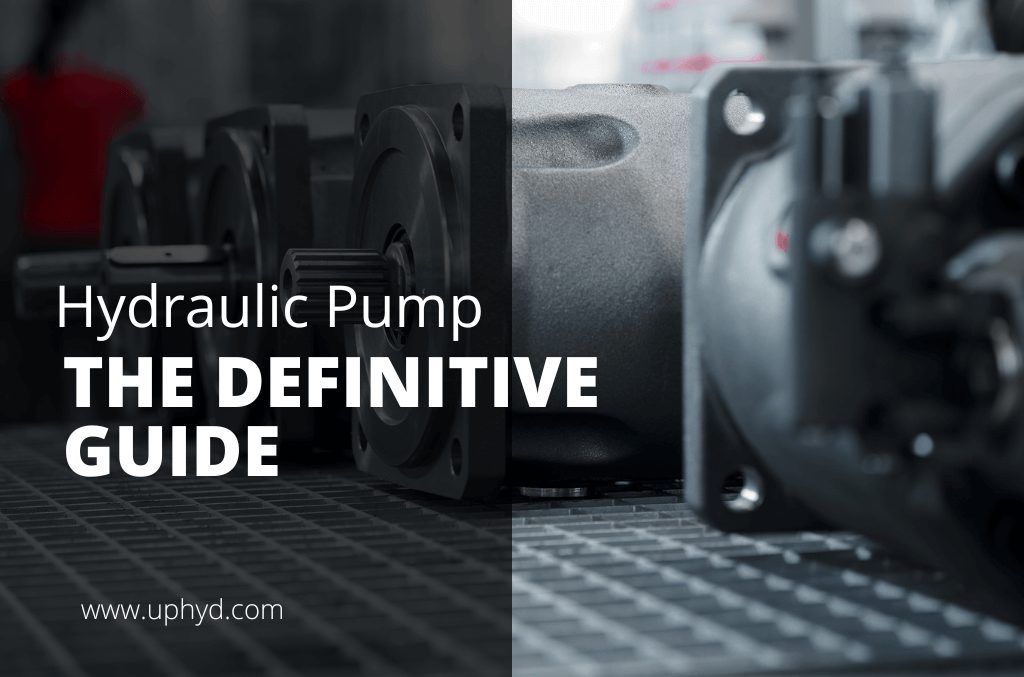
Find everything you need to know about hydraulic pumps in this comprehensive guide.


